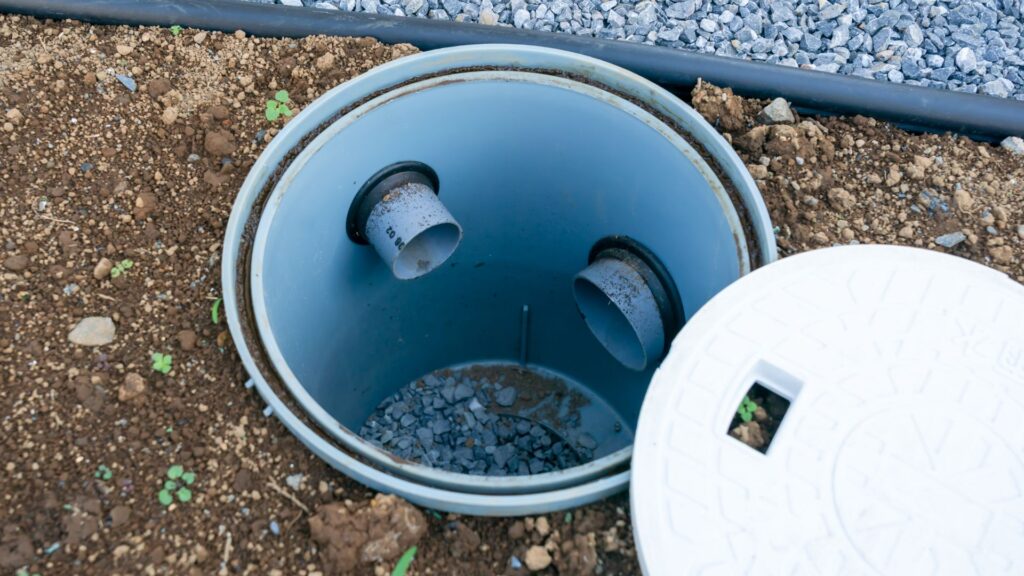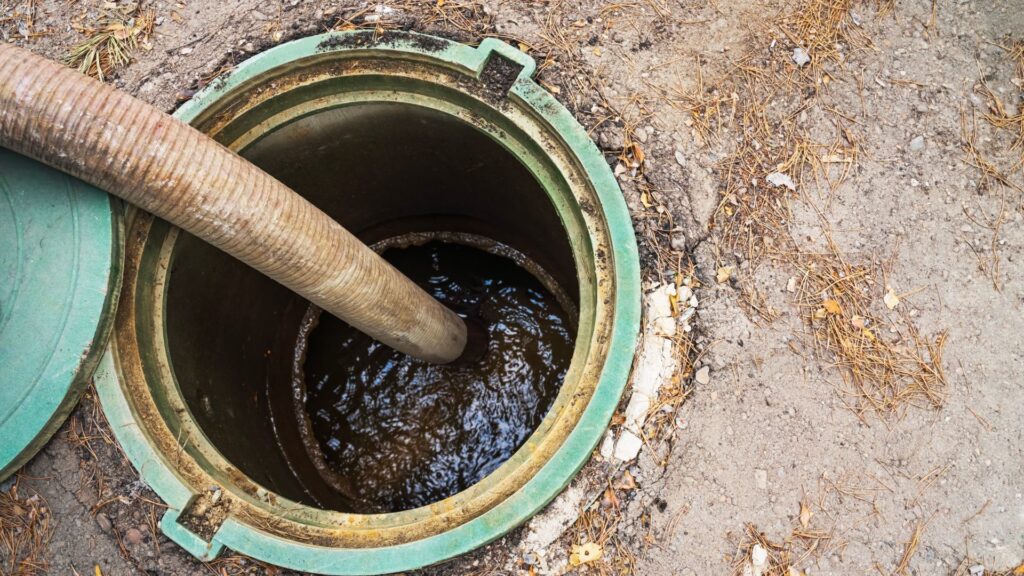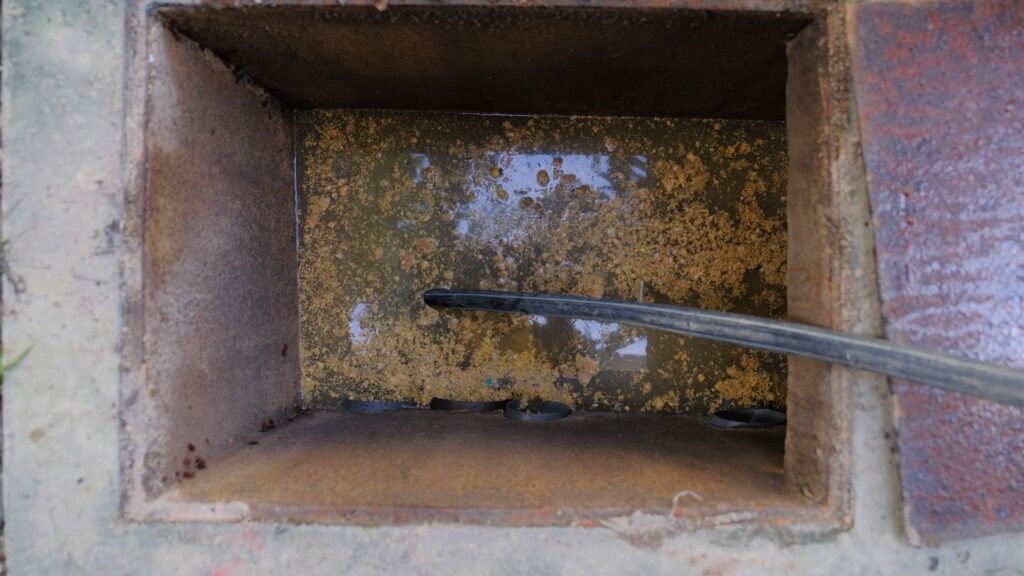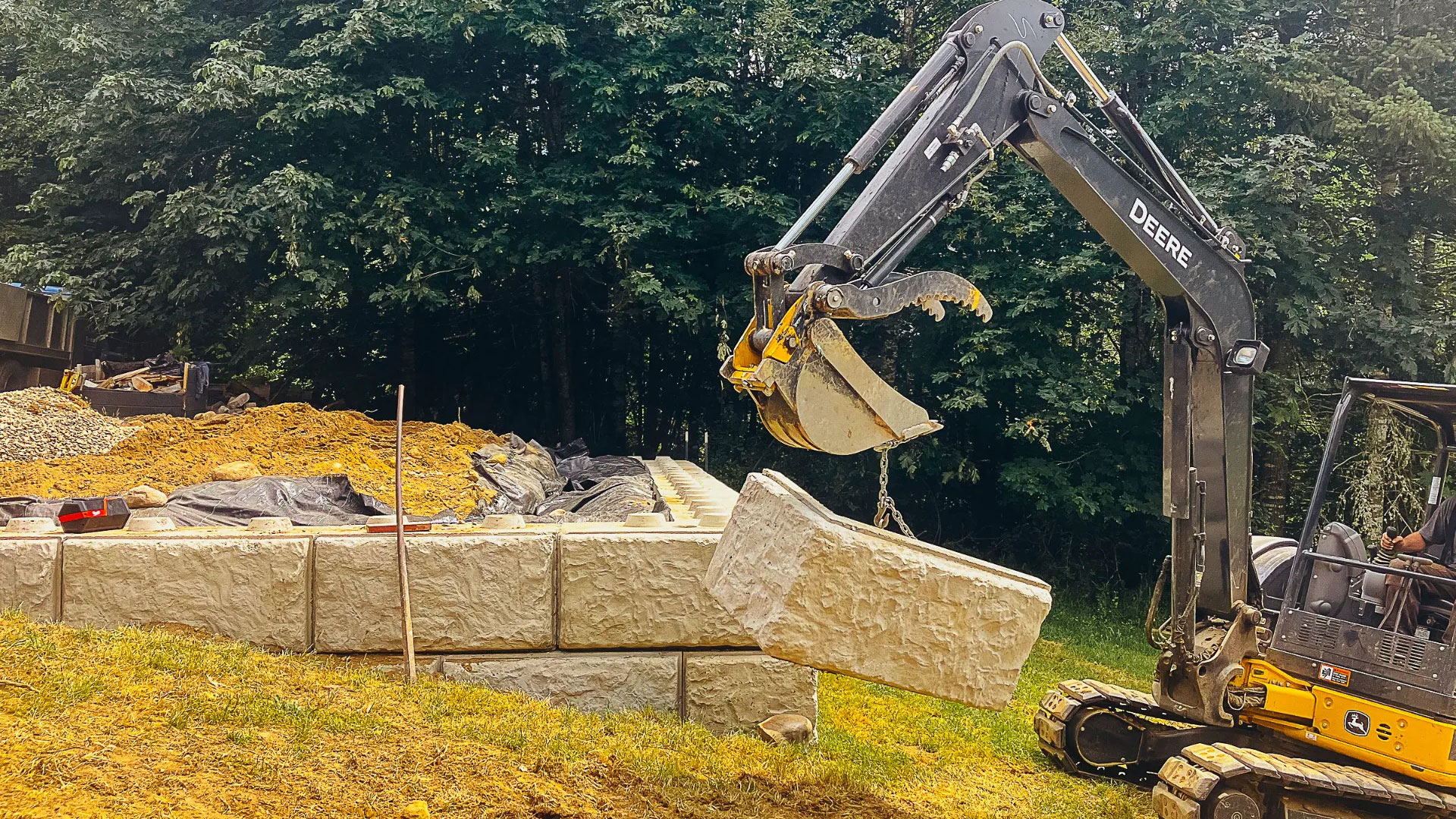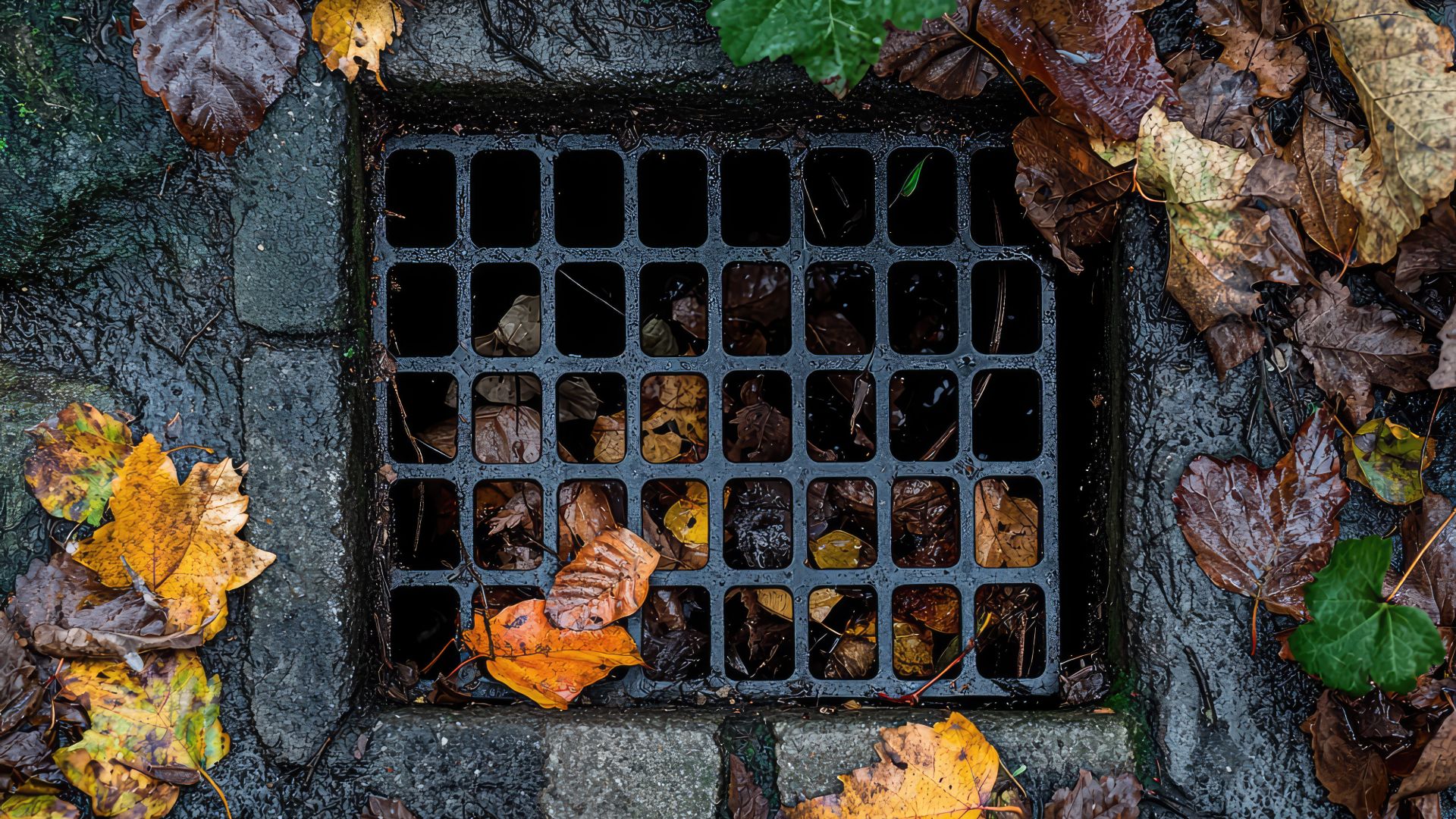
How to Clean Out Your French Drain
French drains are an excellent way to direct water away from your home and prevent moisture damage to the foundation or basement. But like any drainage system, it can clog, and when that happens, water will back up, defeating the whole purpose of having a French drain in the first place.
While regular French drain cleaning will help prevent clogs, you can’t prevent every clog — like a tree root growing through the drain. Fortunately, clearing clogs from your French drain is relatively simple if you know what to look for and have the right tools. Here’s how to clean a French drain on your own.
Why Do French Drains Clog?
While your French drain may not handle hair or food scraps, it can clog just like any other drain. Since many French drains attach to downspouts and gutters, it’s normal to find leaves, twigs, and other debris inside the French drain. And since the French drain likely empties into the yard, you may find grass, rocks, and even compacted soil in the catch basin or wherever the drain empties.
A clogged French drain can also happen in the weep holes. They help filter water out of the drain quickly so it isn’t overwhelmed. However, the large holes can clog with debris and soil, causing the backup. And when tree or plant roots grow into your French drain, they can block the entire system.
Cleaning Your French Drain Step by Step
No matter why it’s clogged, here’s how to clean your French drain.
1. Clear Visible Debris
Start by removing any visible debris from the lid or grate at the end of the drain. Then, lift the lid and clear out any debris that’s gathered there, particularly if your French drain empties into a catch basin.
2. Test the Drain
Once you’ve cleared away what you can see, test your French drain to ensure you have a clog somewhere in the system. It’s possible that cleaning out the catch basin and grate was all you needed.
Push a garden hose into the opening near the gutter downspout. You may need to disconnect the French drain from the gutter to access it. Turn the hose on and run water down the drain. If it drains slowly or no water comes out the other end, you’ve probably got a clog that needs clearing.
3. Apply Some Pressure
You can try flushing the clog using a pressure washer. Whether you own one or have to rent it, make sure you use a high-pressure nozzle that concentrates the stream, making it more likely you’ll push the clog out of the drain.
Because there’s no way of knowing how close the clog is to the end of the drain, stand away from the opening and wear goggles and gloves to protect yourself. The water may “bounce” off the clog and injure you.
Feed the pressure washer into the drain as far as possible, then turn it on. Start at a low setting, turning it up as necessary to dislodge the clog. It may take a while to clear it, especially if things are tightly packed, or there’s a lot of debris. Keep doing this until the water runs easily and clearly from one end of the drain to the other.
4. Try a Drain Snake
If the pressure washer method doesn’t work, the clog may be too big or compacted for water to do the job. In that case, you can rent a sewer or drain snake to clear stubborn clogs, but this job may be better off in the hands of a pro.
A drain snake is a spinning claw on the end of a cable that breaks up clogs in your pipe. If you’re renting a drain snake, tell them you’re cleaning a French drain, and they should fit the snake with the right size claw.
Insert the snake in the drain and turn it on. Move the drain snake slowly down the drain to give it time to break up the clog. If you push the cable and the drain snake doesn’t move, back off and try again more slowly. Repeat until you reach the end of the drain.
5. Test Again
When you’re sure you’ve cleared the clog, put the garden hose back in the drain and run it. If the water runs through easily, success! If not, keep trying to clear the drain.
The testing step is also a great time to see if your French drain is functioning properly. Check for standing or excess water to see if your problem is more than a clog or if you need to consider other water mitigation strategies.
If you can’t clear the clog after several attempts, you should call a professional to clean the French drain and assess if the problem is something other than a backed-up drain.
6. Maintain
The best way to clean your French drain is through regular cleaning and maintenance. Flushing the drain with a garden hose a few times a year will keep the drain clear and help stop clogs from forming.
Keep Things Flowing
Cleaning a French drain is something you can do if you’re careful. However, this is one project you may want to leave to the pros. They’re better able to clear a clog and determine if your backup is caused by something more than a blocked drain.
If you’re considering installing a French drain or other water mitigation system, Dig’Um Dirtworks is your trusted Olympic Peninsula landscape design and excavation partner. We can help you mitigate and prevent water damage, prep your site for construction, or design the landscape of your dreams. Contact us today to schedule your free consultation.
Most Recent Post

